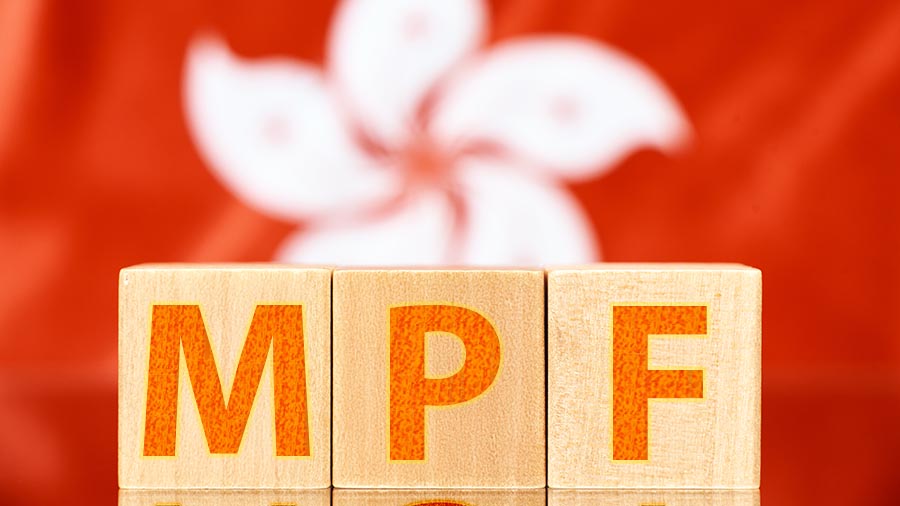Reducing Your China Sourcing Costs
China is going through changes. Slowing growth, increasing costs, more restrictions on international online access are all having an effect, even for small businesses that essentially just trade with China. In this article we examine some tips for shaving costs from your China sourcing model and perhaps enable you to save some money over the year as the business environment becomes tougher.
1) Shop Around The China Trade Fairs
Many foreign buyers have been dealing with the same supplier for many years. Many relationships have been built from attendance for example at the hugely influential Guangzhou Trade Fair, which has been displaying goods to overseas buyers since 1957. The next fair – the 117th – is in April. The Fair began life as the Canton Trade Fair (as Guangzhou was then known) and began its evolution as a manufacturing hub for China, financed mainly by money from Hong Kong entrepreneurs.
Yet today, most of the Fair is dominated by middlemen, who add a large percentage to the real buying price, often now manufactured by factories in China’s industrial heartland. Many Chinese production facilities are now based in cities such as Changsha, Chengdu, and Wuhan, where wages are far cheaper but production and quality levels comparable. In China today, it pays to shop around. The China Exhibition website lists all trade fairs upcoming across the year.
2) Do You Have To Source in China?
Alternatives to China are now springing up across Asia. China’s population demographics are pushing the average age of a Chinese worker (now 37) to increasingly expensive levels. While this is slowly creating new consumer class in the country, it is also now permitting other young Asian nations to compete in terms of wages.
Of these countries, India has the largest worker population with wages about a third of that in China. Although India can be ‘in your face’ as a country to visit, it is also becoming increasingly organized. The Indian Trade Promotion Organisation website list all trade fairs for the year.
Vietnam is emerging as a serious light manufacturing alternative to China, and may be less hectic and perhaps more familiar to buyers used to China. Its trade fairs can be seen here while the excellent Asian Sourcing portal is always useful.
3) You Can Negotiate, and Knowledge Is Key
The costs of purchasing in China should have reduced over the past five years, the reason being that the China-ASEAN Free Trade Agreement came into effect in 2009 and eliminated import tariffs on 90% of products coming from ASEAN into China. Did any tariff reductions get passed on to you? As many China manufactured products now contain components sourced more cheaply from other parts of Asia, feel free to play hardball if those production cost savings are not being passed on. And if your China purchase prices have risen, find a new supplier.
4) If In China, Did You Examine Your Potential Double Tax Treaty Benefits?
Double tax treaty benefits may apply to your business if you set up an operation, even a Trading Company such as a FICE, or WFOE or other legal entity and are using it to source product and pay in RMB. Although the name “Double Tax” is off-putting, these bilateral agreements actually contain mechanisms that can help you reduce Corporate Income Tax (CIT) in China (25 percent, plus another 10 percent dividend tax).
They do this by including provisions for Withholding Tax – sometimes also known as “Technical Service Fees” which means that service fees charged to your China subsidiary such as Royalties, Trademarks, Patents or “Technical assistance” by your Parent company are subject to a lower tax rate than would be the CIT rate. Double Tax Treaties would commonly allow for a 10 percent Withholding Tax fee to be paid – a rather better deal than leaving the profit in China for the China Profits Tax man to get his hands on. Does your country have a Double Tax Agreement with China? The Dezan Shira & Associates Resource Library tells you.
What has for nearly three decades been an exclusively China play is now showing signs of wear and tear. New suppliers, in both less expensive cities in China, and throughout Asia, are springing up. Many China factories have simply upped sticks from Guangdong and Shanghai – previously the main hubs for China manufacturing – and left for China’s second and third tier cities, where labor costs are lower.
Others have relocated – sometimes with complete assembly lines – to Vietnam. This migration of factories has been a response to rising China production costs. Yet at the same time, import duties into China have largely been eradicated, at least from the nearby ASEAN trade bloc, and China’s use of Double Tax Treaties offers a more tangible yet technical solution to stripping out tax costs. Sourcing product from China should never have been as easy or inexpensive as it is now. Following these trends will help you retain a competitive edge.
|
Chris can be followed on Twitter at @CDE_Asia. Stay up to date with the latest business and investment trends in Asia by subscribing to our complimentary update service featuring news, commentary and regulatory insight.
|
![]()
 Sourcing From China
Sourcing From China
In this issue of China Briefing Magazine, we outline the various sourcing models available for foreign investors and discuss how to decide which structure best suits the sourcing needs of your business. Perhaps the most important factors to consider when choosing a sourcing structure are your staffing requirements, your need for operational flexibility, and which option offers the greatest cost efficiencies. We compare how each of these factors match up in order to help foreign businesses find the best option for their specific sourcing needs.
 Establishing Your Sourcing Platform in India
Establishing Your Sourcing Platform in India
In this issue of India Briefing, we highlight the advantages India possesses as a sourcing option and explore the choices available to foreign companies seeking to create a sourcing presence here. In addition, we examine the relevant procurement, procedural and tax duty concerns involved in sourcing from India, and conclude by investigating the importance of supplier due diligence – a process that, if not conducted correctly, can often prove the undoing of a sourcing venture.
 The Asia Sourcing Guide 2015
The Asia Sourcing Guide 2015
In this issue of Asia Briefing, we explain how and why the Asian sourcing market is changing, compare wage overheads, and look at where certain types of products are being manufactured and exported. We discuss the impact of ASEAN’s Free Trade Agreements with China and India, and highlight the options available for establishing a sourcing model in three locations: Vietnam, China, and India. Finally, we examines the differences in quality control in each of these markets.
Import and Export: A Guide to Trade in Vietnam
In this issue of Vietnam Briefing Magazine, we provide you with a clear understanding of the current business trends related to trade in Vietnam, as well as explaining how to set up your trading business in the country. We also attempt to give perspective on what will be Vietnam’s place in the Association of Southeast Asian Nations (ASEAN) in 2015, and look at some of the country’s key import and export regulations.
- Previous Article Wie man eine langfristige Arbeitserlaubnis in China beantragt
- Next Article Retrospective: 15 Years of China Briefing


























